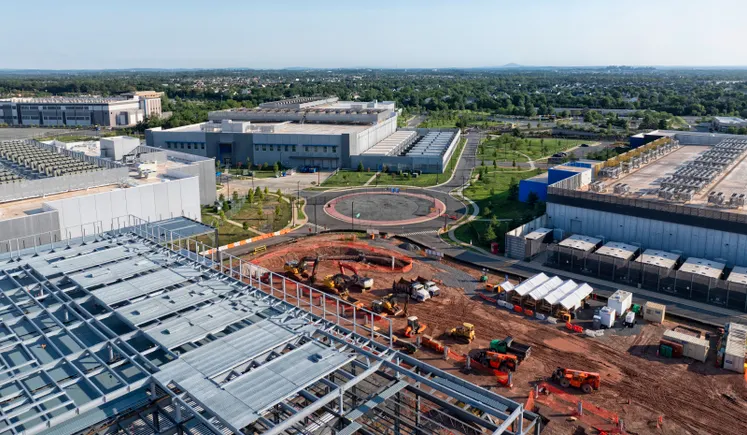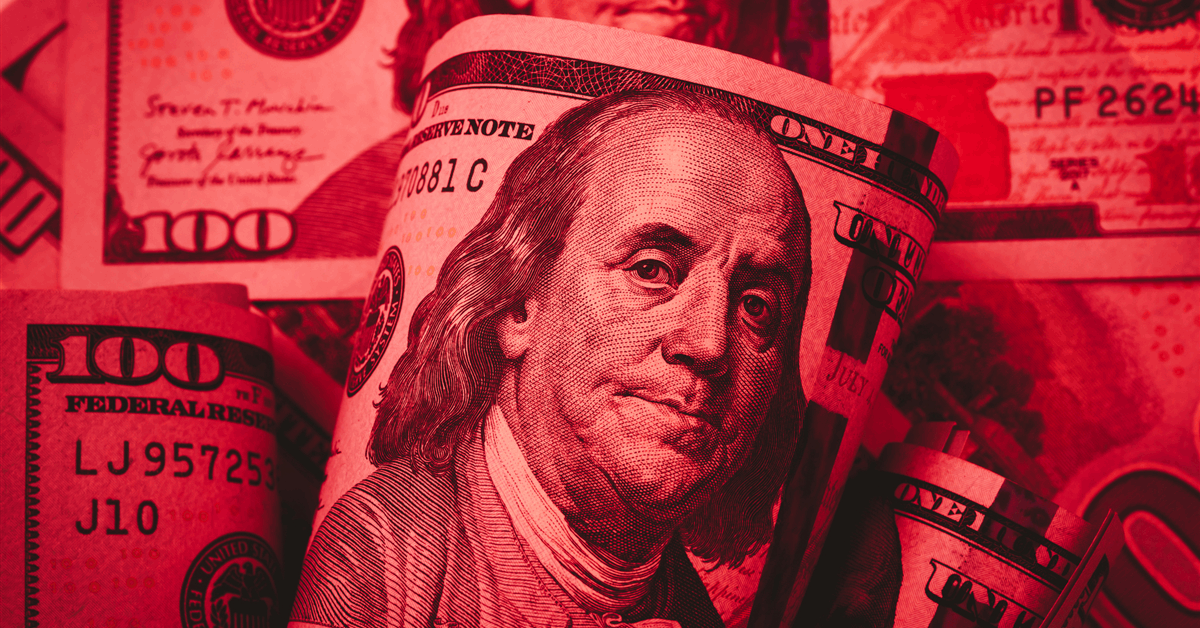
Exxon Mobil Corp. and Chevron Corp. outperformed Wall Street expectations after new oilfield projects and acquisitions boosted crude output.
Exxon’s adjusted third-quarter profit per-share was 7 cents higher than analysts forecast, while Chevron posted an almost 20-cent surprise on Friday. For Exxon, it was the sixth consecutive beat, buoyed by the startup of the explorer’s latest Guyana development.
Chevron rose as much as 3.1% in New York. Exxon, meanwhile, dipped as much as 1.5% after a spate of acquisitions during the period pressured free cash flow.
North America’s largest oil companies are pursuing divergent paths as global oil markets slip into what is widely expected to be a hefty supply glut. As Exxon presses head with a raft of expansion projects despite slumping crude prices, Chevron is positioning itself to wring cash from operations to weather the market downturn.
This is all happening against the backdrop of efforts by the OPEC+ alliance to recapture market share by unleashing more crude onto global markets. Brent crude, the international benchmark, already is on pace for its worst annual decline in half a decade.
The US supermajors followed European rival Shell Plc in posting stronger-than-expected results. TotalEnergies SE reported profit that was in-line with expectations. BP Plc is scheduled to disclose results next week.
For Exxon, eight of the 10 new developments slated for this year have already started up and the remaining two are “on track,” Chief Executive Officer Darren Woods said in a statement.
Woods is betting Exxon’s low debt level means he has ample capacity to fund growth projects that span from crude in Brazil to chemicals in China while maintaining a $20 billion annual buyback program despite weak oil prices. His goal is to be ready to capitalize on an upturn in commodity prices, which analysts say could come as soon as next year.
Exxon’s third-quarter earnings benefited from the start-up of Yellowtail, a 250,000 barrel-a-day development in Guyana, the country’s biggest yet.
Exxon spent $2.4 billion on “growth acquisitions” during the period that included several acreage deals in the Permian Basin, where production amounted to a record 1.7 million barrels a day. Free cash flow was $6.3 billion.
Having struggled for years to arrest declining output, Exxon is now ramping up fossil-fuel production, with analysts forecasting a roughly 5% increase in oil and natural gas output next year, according to data compiled by Bloomberg. Much of that is seen coming from Guyana, where Exxon made the biggest discovery in a generation in 2015.
Its plans include adding three more floating production vessels in the country through 2029, boosting Guyana’s daily production capacity to nearly 1.5 million barrels, the equivalent to the current output of OPEC member Nigeria. Quarterly production from the South American country surpassed 700,000 barrels a day, a record.
Exxon is also banking on output growth in the US Permian Basin at a time when rivals are pulling back, as well as refining investments in Singapore, Rotterdam and the UK. The company recently signed exploration deals with Iraq and Trinidad and Tobago.
Woods’s focus on growth seems at odds with a market that’s more than saturated with oil. But the CEO maintains that he’s adding lower-cost production that will be needed for decades to come, even if crude demand plateaus or drops due to an energy transition. Developments in Guyana and the Permian break even if oil falls below $35 a barrel.
Chevron’s global production rose 21% to the equivalent of 4.1 million barrels a day, boosted by the addition of Hess Corp.’s 30% stake in the Stabroek Block, the Exxon-operated discovery off the coast of Guyana. Cash flow from operations was up 20% from a year earlier despite tumbling oil prices.
Chevron Chief Executive Officer Mike Wirth has taken a series of steps to turn the company into a steady cash generator that can better withstand oil’s notorious boom-and-bust cycles.
Excluding the addition of Hess’ assets, Chevron was already on course to expand production by 7% this year and a further 5% in 2026 with so-called high-margin output from fields in Kazakhstan and the Gulf of Mexico that turn profits even if crude were to dip to $20 a barrel. The US benchmark price, known as West Texas Intermediate, has been trading around the $60 level for the past month.
Chevron is also working to boost cash flow by reining in production growth in capital-intensive shale fields in places like the Permian Basin and the Denver-Julesburg region, while cutting 20% of the company’s global workforce.
“We talked before about the cash flow inflection that was coming, and we saw that in the third quarter,” Chief Financial Officer Eimear Bonner said in an interview. The Hess assets “are significantly impacting the results already.”
WHAT DO YOU THINK?
Generated by readers, the comments included herein do not reflect the views and opinions of Rigzone. All comments are subject to editorial review. Off-topic, inappropriate or insulting comments will be removed.





















